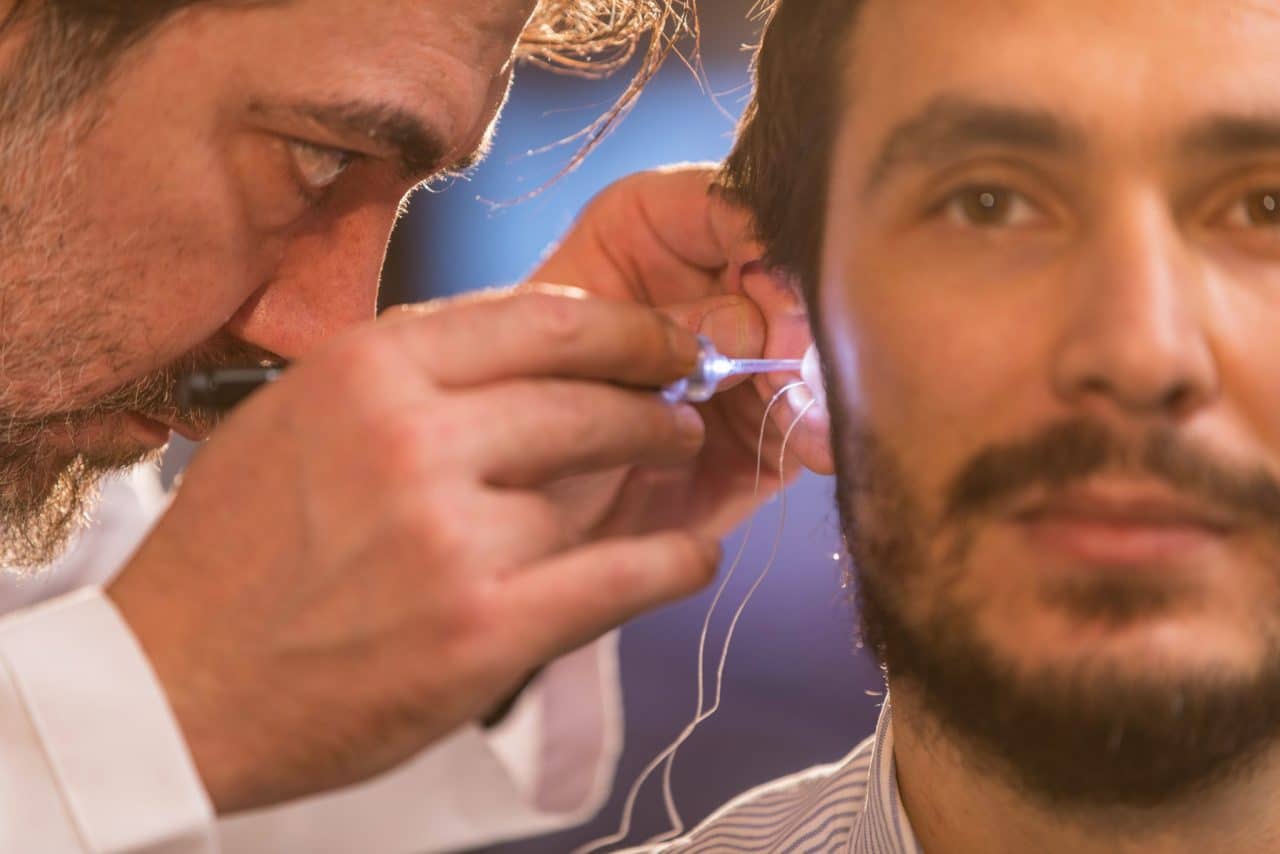It has long been acknowledged that noise induced hearing loss can be prevented by wearing earplugs. While there are plenty of good choices available off the shelf, because everyone’s ears are unique the best protection will come from those crafted from custom earmolds.
How Are Custom Earmolds Used?

Custom earmolds are made from impressions of your ear canal and concha (the outer bowl-shaped portion of your ear). They adhere perfectly to the contours of your ears, providing a superior fit and protection.
Custom molds aren’t just made for earplugs; they can be used in a variety of products including headphones, stethoscopes and earpieces. Doctors, nurses, pilots, news reporters, musicians, swimmers, racecar drivers, hunters, concertgoers and construction workers are just some of the individuals who can benefit from custom molds.
What Are Custom Earmolds Made Of?
Custom earmolds are generally made from one of three materials: acrylic, vinyl or silicone. Each has their pros and cons.
Acrylic
Acrylic molds have been around the longest. Hard and durable, they are resistant to shrinking and breakage, and are the easiest to repair or re-mold. Acrylic molds are simple to insert and remove and easily cleaned using mild detergents.
Their biggest disadvantage is their lack of flexibility. They can be difficult to place into narrow or small ear canals, especially those of children. Acrylic molds are also prone to sound leakage and feedback, particularly when the jaw is in motion (e.g., chewing).
Vinyl
Vinyl molds are made of polyvinyl chloride (PVC) and fall in the middle in terms of hardness. They are softer than acrylic molds, making them a better choice for children and older individuals as are fairly easy to insert. A better seal translates to clearer sound for high-gain musical instruments.
On the down side, vinyl molds tend to shrink, harden and discolor over time; they also need to be replaced more often. Because of the manufacturing process, which involves boiling in a saline solution, vinyl molds are not recommended for people with allergies.
Silicone
Silicone molds are the softest of all varieties. They are extremely flexible and comfortable, provide a tight seal for excellent sound quality and protection, and are very durable. They maintain their shape and size over time and are available in a variety of bright colors and designs, as well as flesh-colored tones.
There are also disadvantages to their flexibility and softness; silicone molds are difficult to insert, especially when new, and are a poor choice for individuals with soft or flaccid ears.
